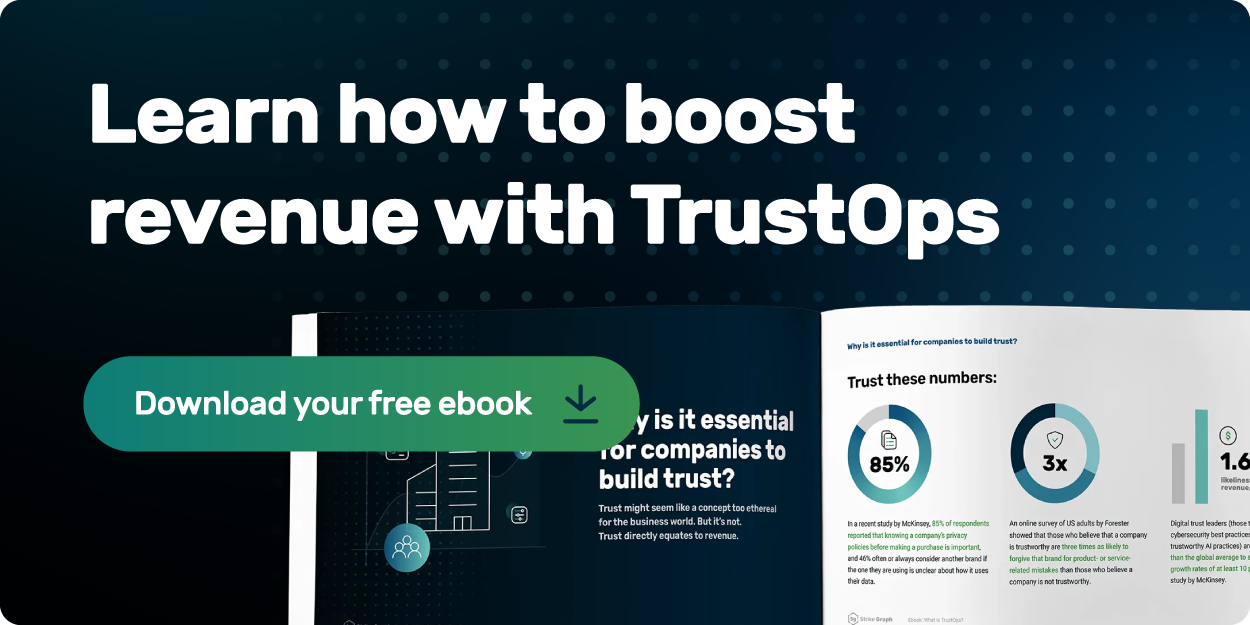If you’re looking to improve your organization’s data security, you’re probably aware of the dramatic fallout that data breaches can cause. Implementing a strong security policy can help your organization protect end-user data from being exposed, preventing a damaging data security incident.
Before you can create an effective policy, though, you need to learn what the policy should include for your unique organization. In this blog, we’ll explore the basics of information security policies, discover their importance, and learn best practices that will help your company maintain data security. So what exactly is an information security policy? Let’s take a look.
What is an information security policy?
An information security policy (ISP) — also known as an InfoSec policy — is a set of rules, policies, and procedures that help to keep an organization’s data secure. This includes ensuring that all end users and networks within an organization comply with the minimum IT security and data protection security requirements.
In order for an information security policy to be effective, an organization must tailor its policy to reflect the unique threats and security frameworks related to its industry, region, and organizational model. Here are a few examples of potential customizations that a company should address in its security policy.
Industry-specific customizations
Regional customizations
-
- Organizations conducting business with residents of Europe must follow the data protection guidelines laid out by the General Data Protection Regulation (GDPR).
- California requires companies that do business with its citizens to comply with the California Privacy Rights Act (CPRA).
- Organizations in the United States that rely on cloud-service providers should follow SOC 2 cybersecurity guidelines.
- ISO 27001 is an international data security standard that is recommended for organizations conducting international business outside of the United States.
Organizational customizations
-
- Companies that utilize field staff, contractors, or remote workers will need to address the various threats specific to their organizational structure.
Don’t worry, you won’t need to memorize the exact details of what must be included in your company’s information security policy. That’s because Strike Graph has comprehensive templates that help companies like yours create a reliable information security policy. And, with a centralized dashboard across numerous IT security frameworks, it’s easy to achieve and maintain compliance.
Now that you’ve learned what an information security policy is, let’s cover why it's important for your organization.

Establishing an effective information security policy that follows all necessary compliance guidelines is a key step in preventing data leaks and data breaches. In addition to preventing a damaging data security incident, there are several benefits to implementing an information security policy. Here are a few of the top benefits for both new and established companies.
- Facilitates data integrity, availability, and confidentiality within a company
- Reduces the risk of financial losses associated with cyberattacks
- Builds customer trust by maintaining privacy and security
- Minimizes vendor risk from outsourced third- or fourth-party vendors by providing a clear security statement
- Protects sensitive data including intellectual property and personally identifiable information (PII)
- Helps comply with regulatory requirements by identifying and addressing security gaps within your company
An information security policy should cover the confidentiality, integrity, and availability of end-user data within your organization. You can address these key areas and create an effective information security policy by including the following elements in your company’s policy:
- Purpose
- Audience
- Objectives
- Authority and access control
- Data classification
- Data support and operations
- Security awareness
- Encryption policy
- Data backup policy
- Responsibilities, rights, and duties of employees
- System hardening benchmarks
- References to compliance standards including GDPR
Each of these elements serves a distinct purpose designed to help your company set clear expectations, duties, and workflows to maintain information security. By following this structure, you can ensure that data security requirements don’t fall through the cracks. In addition to these elements, there are several best practices that will help you create a reliable information security policy.
An information security policy includes a wide range of topics. Best practices help to simplify these topics into manageable categories. Here are a few to get you started:
- Treat your information security policy as a living document that is routinely updated to address new threats or challenges.
- Coordinate risk assessment and regulatory compliance among all your company’s departments, including how IT collaborates with them to ensure compliance.
- Clearly define how your organization classifies different types of data.
- Establish an acceptable use policy (AUP) that outlines how your organization and employees use resources. (for instance, whether employees need approval to take home laptops).
- Create an access control policy (ACP) that covers exactly who has access control to your organization’s data and information systems.
- Address personal and mobile device vulnerabilities, including how remote employees must connect to internal networks.
- Outline cloud and SaaS adoption guidelines to help minimize third- and fourth- party risks.
- Provide a business continuity plan (BCP) that explains how your company will proceed in the event of a disaster.
- Develop a security incident response plan to responsibly handle data breaches if they do occur.
- Comply with relevant privacy and security frameworks including GDPR, HIPAA, and CCPA / CPRA that regulate how companies must legally protect data.
How Strike Graph can help
Creating an information security policy can be a daunting task on your own. Thankfully, you don’t need to do it alone! Strike Graph can help you create an effective and reliable policy, quickly. Our custom template simplifies complex workflows and makes it easy to design and manage your information security policy across multiple IT security frameworks.
.jpg?width=1448&height=726&name=Screen%20Shot%202023-02-09%20at%202.57.5-min%20(1).jpg)






.png?width=600&height=600&name=SEO%20promo%20graphics%20(2).png)


